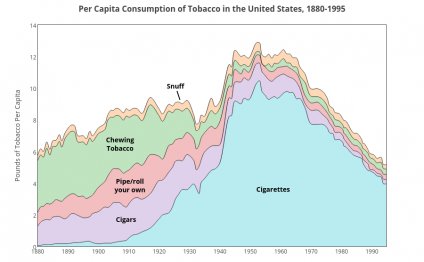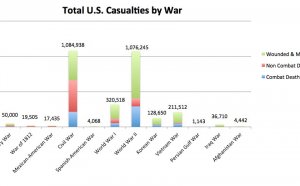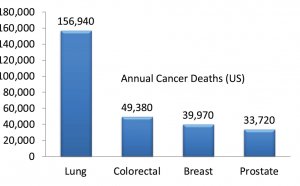
The history of cigarettes
The use of tobacco for smoking has been practiced for centuries. The tobacco plant has been grown in America since the 17th century and tobacco has been used in various forms since. The form of smoking tobacco by rolling the leaves in fine paper was frequently done by hand for those who practiced it, which limited the habit of smoking. In 1865, a man named Washington Duke from North Carolina began to roll cigarettes and sell them to others for profit.
In 1883, James Bonsack invented a machine that could roll cigarettes and produce thousands per day. Bonsack began a business called the American Tobacco Company, which was the first company to produce cigarettes on a large scale. The mechanized production of cigarettes widely increased the popularity of smoking, and made cigarettes much more accessible to those who wanted to smoke. Premade cigarettes were available for those who did not wish to roll their own tobacco and cigarettes became available in quantities by the pack.
In the late 19th century cigarettes were being sold in packs and marketed throughout the United States. Cigarettes were packaged into containers of ten that were marked with the name of the company that manufactured them and various logos or designs. The packs of ten cigarettes sold for five cents each. Cigarette packages were made of paper with a small card inserted to reinforce the package. These cards were designed with attractive prints that served as a form of advertisement for the cigarette, and people began to collect and trade these cigarette cards, a practice called cartophily. The manufacturers of cigarette packs began to design cards specifically with the purpose of trading in mind, which in turn boosted their sales.
Cigarette brands varied in their blends of tobacco and the advertising on their cards. Fragrant Rose cigarettes, sold in the 1880s, issued cards with romantic and flowery images on them to correspond with their name. Creole cigarettes, created by S. F. Hess and Company were known for issuing baseball cards for the Newsboys League in 1888. Other popular brands of the late 19th century were Sweet Caporal, Lone Jack, and Three Kings. It was not until the early 20th century that companies such as Philip Morris Tobacco, the founder of Marlboro cigarettes, began.
The evolution of the cigarette industry continued into the first half of the 20th century. Cigarette usage initially began as a habit for soldiers; but with the mechanization of cigarette production, followed by the popularity of cards due to advertising, many more people began to smoke cigarettes as a fun and even healthy activity. In the 1920s, the cost of a pack of cigarettes ranged from 15 cents to a quarter each, depending on quality.
The major cigarette companies that are still in production today have evolved into giants of the industry. Two of the largest producers, R. J. Reynolds Tobacco Company and Philip Morris have bought out many of the smaller industries throughout the last century, becoming international corporations with holdings around the world. The use of cigarettes and the tobacco industry has changed several times since its early beginnings. Many people have their own opinions about smoking tobacco, but its history is a fascinating story of the evolution of a widespread habit.
Share this Post
Related posts
History of cigarettes in the United States
On a Saturday morning 50 years ago tomorrow, then Surgeon General Luther Terry made a bold announcement to a roomful of reporters:…
Read MoreWhat is the History of lung cancer?
(Regarding this and Timmermann s previous book, with Elizabeth Toon, Cancer Patients, Cancer Pathways: Historical and Social…
Read More










